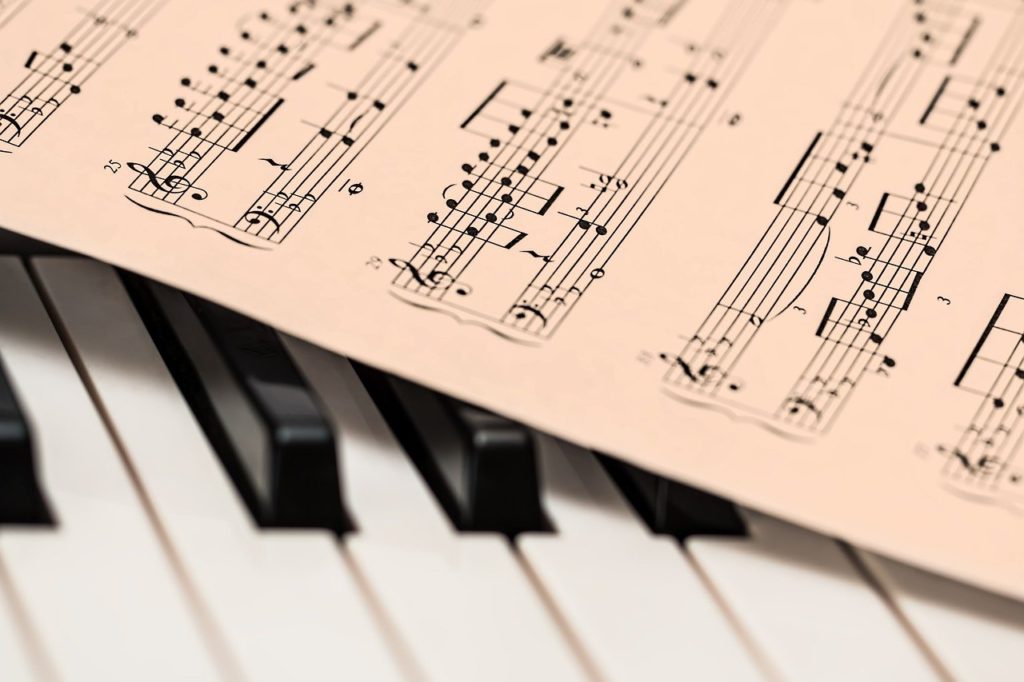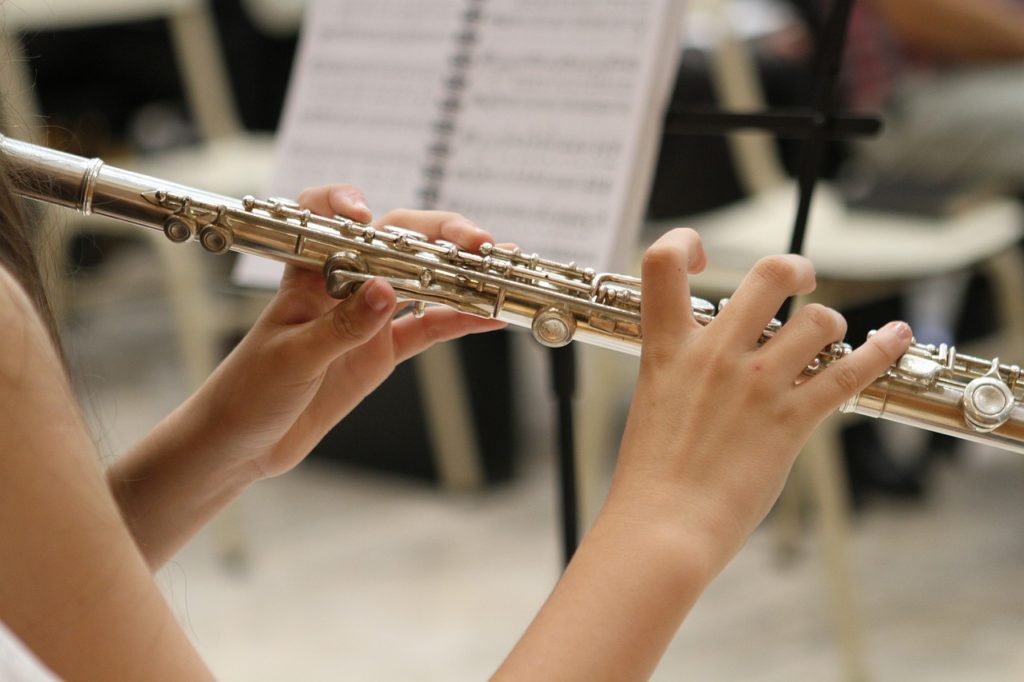Estimated reading time 3 minutes
Table of Contents
Introduction
Does your playing lack emotion? Do you want tips on how to interpret music? Many musicians struggle with interpretation. However, I can show you powerful strategies for tapping into the emotion in your playing. Read more to answer the question, “What does it mean for me to interpret a piece of music?”
This post uses music terms. For definitions, see the Glossary at the end of the article.

What Does it Mean to Interpret a Piece of Music?
“What does it mean for me to interpret a piece of music?” It means that you put your imprint on a performance.
In the post After They Can Sight-Read What’s Left for Musicians to Learn? I talked about interpretation. I said:
A score is to music as a blueprint is to a house. Specifically, the blueprint represents the idea of what the house will become, but you don’t have a house yet. Likewise, the score doesn’t become music until someone imagines or performs it.
In other words, the score doesn’t have everything you need to craft a memorable performance. Read more to learn how to tap into your inner concert genius.
How Can I Best Interpret a Piece of Music?
“What does it mean for me to interpret a piece of music?” It means that you must dig deep to find the emotion in your playing. How? Two words: mental imagery.
Recently, I read a social post where a teacher talked about her student refusing to use her imagination to interpret music. The student thought the exercises sounded too juvenile.
However, if she doesn’t use her imagination, it’ll be hard for her to take her music to the next level. I tell my students:
You have all this music locked in your head – everything you’ve played or listened to. The trick will be to release it. When we imagine ourselves as our favorite performers, or imagine the story of a song, we access this great store of musical knowledge.
When you use your imagination, you tap into some of the most powerful interpretation strategies. It can literally make the difference between the audience crying tears of joy vs falling asleep.
For example, the pianist William H. Sherman has this to say about interpreting a barcarolle:
- “The thumb needs a special training to enable it to creep and slide from one key to another with snakelike movements…
- “The idea of the first page of this barcarolle is one of utter quietness, colorlessness; one is alone on the water…
- “The delicate tracery of thirds should be very soft, thin – like an airy cloud…” (Brower 74 – 76).
Each of these descriptions elicits a visual image. Using your imagination is a critical skill to develop.
In future interpretation posts we’ll look at:
- Becoming the character
- Characterizing the piece
- Articulations
- Dynamics
However, for today I’ll give you one more tip.

Another Strategy for Interpreting a Piece of Music
“What does it mean for me to interpret a piece of music?” It means that sometimes you need to look outside yourself for inspiration.
For instance, Barry Green had a student whose playing lacked brightness, precision, softness, and overall energy.
Green said, “First, we looked around the room to find objects that had some of the qualities Alan felt were lacking in his playing.”
- “Someone noticed the chrome boarders on the windows, and remarked that they were bright, straight, precise, and glistening…”
- “The plastic grid covering the florescent lights… seemed to be made of thousands of tiny translucent squares that diffused the light and somewhat softened the effect of the long florescent bulbs….”
- “The beige cotton curtains in the room hung down in gentle curves and folds that were in marked contrast to the hard lines of the chrome and plastic fixtures…”
“… Alan played the piece again, this time integrating all the expressive values that had been triggered in him by the chrome, the plastic grid, and the curtains. By letting the objects in the room trigger in him the qualities that he felt were lacking in his playing, Alan had found a new source of inspiration for his music…” (The Inner Game of Music 101 – 102).
Imagining the objects in the classroom helped Alan to improve his playing. You can do the same sorts of things to improve yours.
Related Posts
- What Are the Small “>” Signs Above or Below the Notes?
- How Can Legato Notes Be Played Staccato?
- Improvising vs Composing Music
© 2023 Geoffrey Keith
Join me for in-person or online lessons today!
Back to the All-Purpose Music Tips and Topics category blogs page
Glossary
Color Coding Musical Accents Using the Shape Note Advantage for Accurate Special Needs and LD Performance
We approach accents differently than other types of articulations. It is not just about using color to make the accents pop off the page. Using shapes creates a guide for when to play louder. Consequently, for accents we take our example from shape notes. Estimated reading time 3 minutes.
Read MoreMusic Therapy vs Music Lessons
Do you have a special needs child who loves music? Are you confused about the difference between music therapy and music lessons? The goals for music therapy won’t be the same as for music lessons. Keep reading “Music Therapy vs Music Lessons” to help you decide which is best for your child. Estimated reading time 2 minutes.
Read MoreThe Beautiful Silent Night Carol [Videos]
Do you want to sing Silent Night? In this post, you’ll get the essentials: 1) three videos, 2) the full lyrics, and 3) easy-to-read shape note sheet music with a sing along song track. Keep reading The Beautiful Silent Night Carol [Videos] to learn more. Estimated reading time 3 minutes.
Read MoreShatter the Perfectionism Chains in Music Lessons
Are you a music teacher? Do you have a student who struggles with obsessive perfectionism? While having a high standard is a good thing, obsessive perfectionism can be debilitating. Keep reading to learn how to shatter the perfectionism chains in music lessons. Estimated reading time 3 minutes.
Read More




